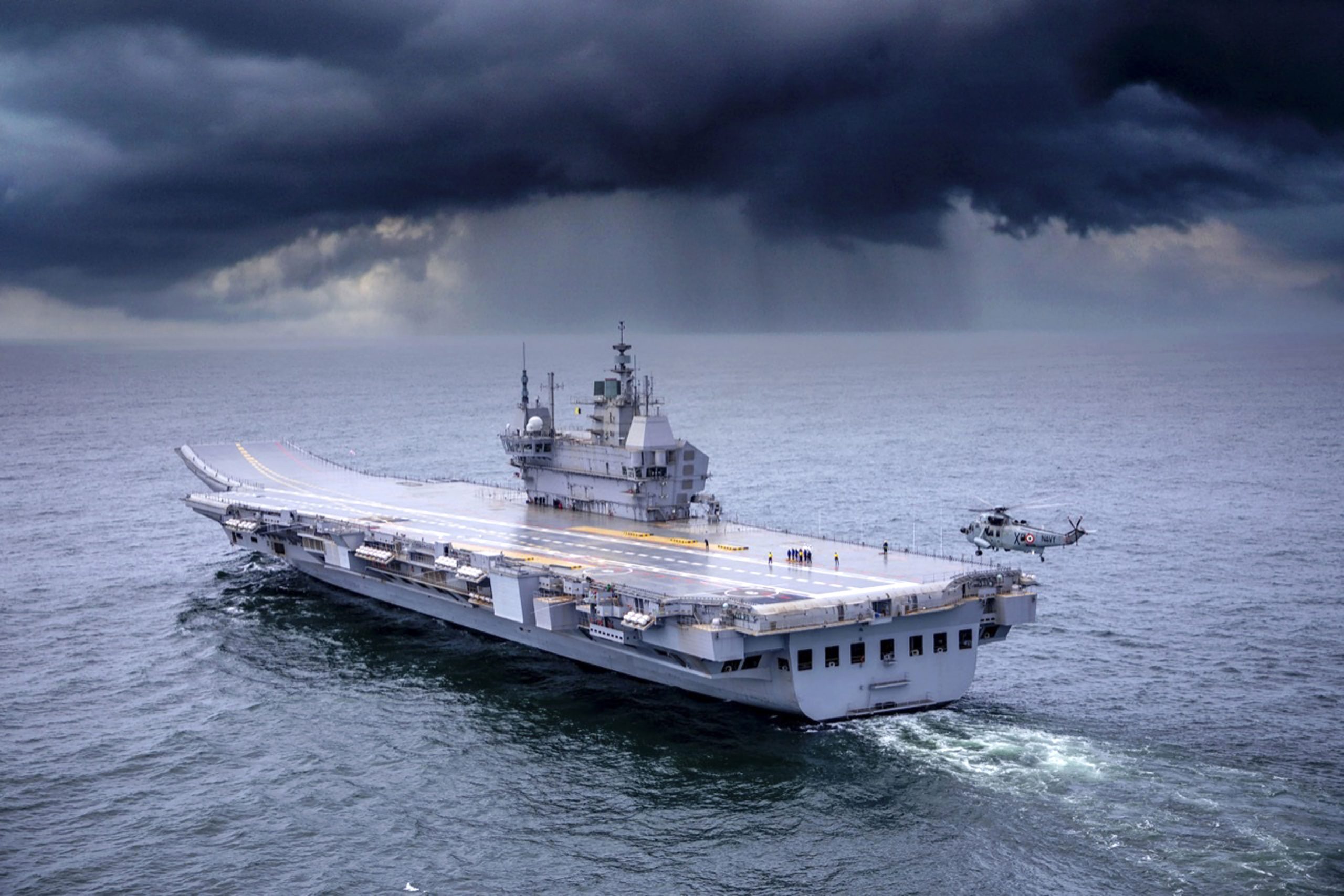The INS Vikrant, India’s first indigenously produced aircraft carrier, was commissioned by Prime Minister Narendra Modi on September 2 at the Cochin Shipyard in Cochi, Kerala.
The latest iteration of the Vikrant, this aircraft carrier has been in production since work on its design first began in 1999. Originally, the plan was that the carrier would be launched in 2010 but numerous delays pushed its production back over a decade.
Also Read: INS Vikrant: Cost, length, where it is docked all you need to know
However, being the country’s first home grown aircraft carrier, the ship has a variety of features that ensure that India’s navy will join the ranks of other elite navy around the world. Here are 10 of its features.
1) INS Vikrant weighs ~40,000 tonnes and is the seventh largest aircraft carrier in the world
2) The warship began production in 1999, when design on it first began. Production began in 2009. It has been in production for over a decade.
3) The ship’s hangar is the size of two Olympic-sized pools.
Also Read: Indian Army putting swarm drones in mechanized forces: All you need to know
4) INS Vikrant can fit up to 1,700 sailors on board. It also has specialised compartments for women officers and sailors.
5) It is the largest ship made in India and has 250 tankers to store fuel.
6) The aircraft carrier’s generators produce 30,000 Kilowatts an hour, which, can power an Indian city of 2 million people
7) The ship has two runways, a long take-off section for larger aircrafts at 206 metres and a short, emergency take-off section which is 145 metre long
Also Read: Who was Axel, Indian Army dog killed in anti-militant operation in Kashmir?
8) The Indian Navy claims that 76% of the Vikrant was built domestically, starting from the warship grade steel, to the equipment to its 2,5000 km long cabling system.
9) INS Vikrant boasts a well-equipped medical suite with equipment like a modular operation theatre, a dental centre, an intense care unit, laboratories and even a physiotherapy clinic.
10) The ship will be able to carry up to 30 aircraft, with a majority of them being MiG29K’s designed for operations on an aircraft carrier.







